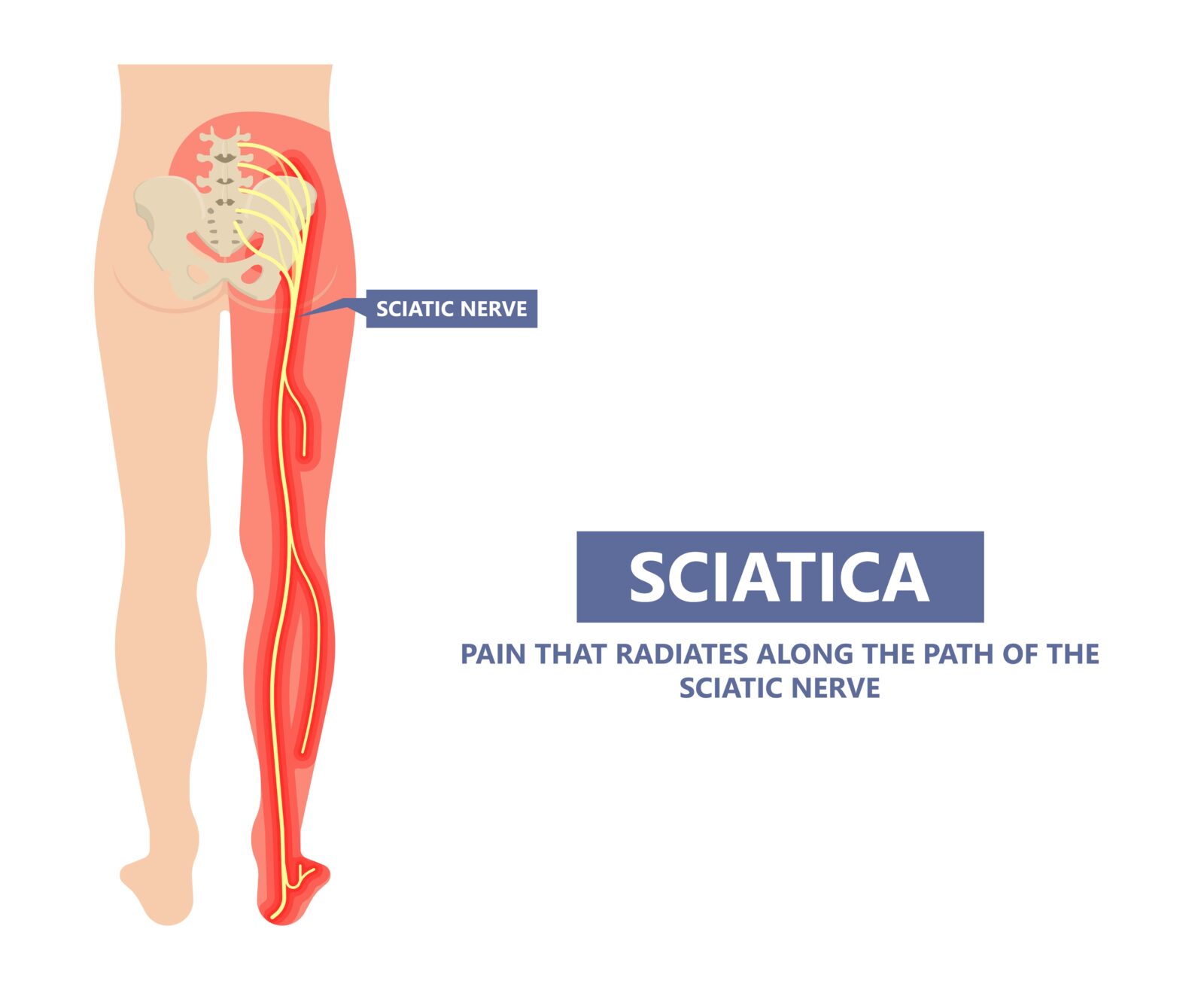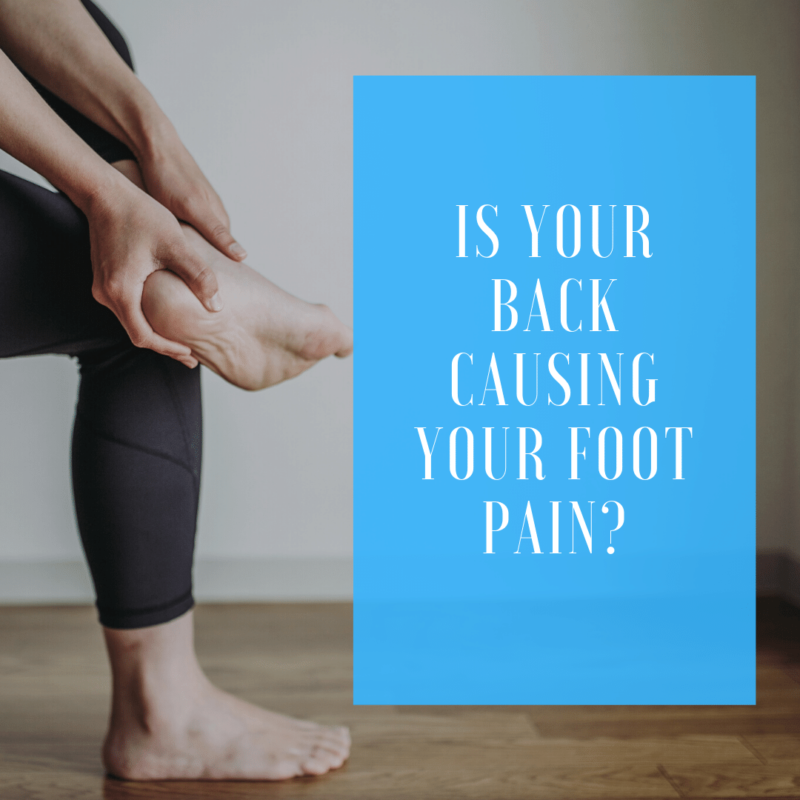“The foot bone’s connected to the leg bone, the leg bone’s connected to the knee bone, the knee bone’s connected to the thigh bone…” Most of us are familiar with the tune “The Skeleton Dance” which talks about what bones are connected to each other. Besides being a jaunty tune, this song is a fun way to show that everything in our bodies is connected. As a result, it is possible for pain to originate in a different area than it affects.
This is a phenomenon known as referred pain and it is defined as pain felt in one area of the body that is caused by pain or injury in another area of the body. This happens because there are large amounts of nerves in your body that are all connected and sometimes the brain sends pain signals to a part of the body that is different from where the pain stimulus was sent from. This is not yet fully understood by researchers and it is still being explored.
When it comes to foot pain, many people assume that if their foot is hurting then they must have some problem in their foot. While this can certainly be the case, foot pain can also be indicative of a spinal problem. This is because spinal nerves travel from your lower back all the way to your feet where they terminate. In cases where the spinal nerves are compressed, irritated, or injured, this can cause pain to develop in the foot. In some cases, foot pain can also be caused by nerve compression in the hip, knee, or, coincidentally, foot.
Sciatic pain, which is a deep pain that radiates down the leg on one side, is also caused by spinal nerve compression and has been known to contribute to foot pain. In fact, classic sciatica compresses the S1 nerve root, which is directly known to cause pain along the outside of the foot. There are a few different spinal conditions that can cause sciatic pain to radiate down to the foot, as well as general foot pain. These include:

- Herniated Disc: when a disc in the lumbar region of the spine herniates, the inner contents spill out and can place pressure on the spinal nerves.
- Degenerative Disc Disease: the spinal discs in the lumbar region of the spine naturally stiffen with age, resulting in spinal degeneration. This can also cause the discs to narrow and shrink, which can constrict the nerves.
- Spondylolisthesis: this occurs when one vertebral body slips forward over another. The most common location for this is L5-S1, which means the spinal nerves can be affected. Oftentimes, foot pain will also be accompanied by back and/or leg pain.
- Spinal Stenosis: this occurs when the spinal cord in the lumbar region of the spine narrows and compresses the nerves.
- Foot Drop: a condition where the L5 nerve root is compressed, making you unable to lift the front part of the foot. This can cause walking impairment and frequent tripping.
If you have been experiencing foot pain with no apparent cause, then you may want to see a spinal specialist to determine if your foot pain is the result of a spinal condition. This is especially the case if you are also experiencing back or leg pain, weakness or numbness, or have undergone recent trauma to the lower back.










